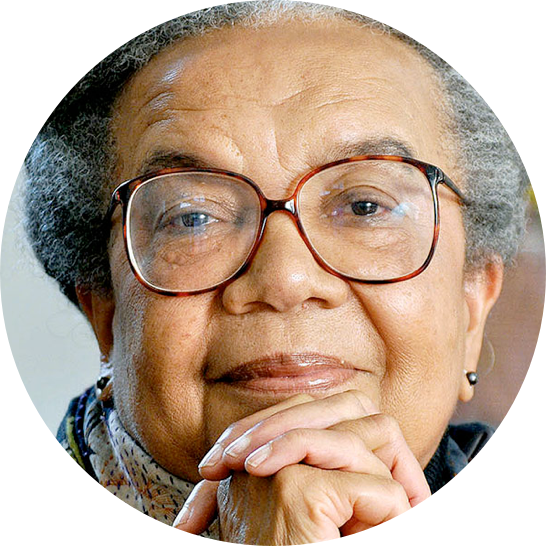A century ago, a two-day race riot in Springfield, Illinois, where White mobs lynched two Blacks, turned out to be the final straw for a small interracial group of Americans committed to social justice. Lynchings and other acts of terror against Blacks at the height of the Post-Reconstruction Jim Crow era had become all too common. But after the White mob violence instigated by some of the “best citizens” in President Abraham Lincoln’s hometown, this group decided to act. Historian and civil rights advocate Dr. W.E.B. Du Bois, anti-lynching crusading journalist Ida B. Wells-Barnett, suffragette Mary White Ovington, activist Dr. Henry Moskowitz, and about 50 other social reformers—White and Black, women and men, Christians and Jews—from across the country, came together to collaborate in the work they had been doing separately. This collaboration was formalized with the creation of the National Association for the Advancement of Colored People on February 12, 1909, the 100th anniversary of Lincoln’s birthday, to fight for Black Americans’ civil and political rights.
This February, at the centennial of the NAACP, the nation’s oldest and largest civil rights organization, and the 200th anniversary of Lincoln’s birth, the NAACP’s founders would be amazed that these seminal dates in American history would occur within a month of the inauguration of President Barack Obama, a Senator from Illinois, as our nation’s first Black President. For some of those early visionaries, one hundred years might have seemed like a long time to wait. But as many civil rights leaders have said about President Obama taking office, “I didn’t believe I’d see it in my lifetime but I’m thrilled,” and “It’s been a long time coming, but change has finally come.”
As we celebrate all of these special events at once, Black History Month feels especially significant this year. At too many points in our national experience, Black history and American history have seemed to tell different stories. But when President Obama took the oath of office on January 20th, many were quick to point out that it was a historic day for Black Americans and for all Americans. The sea of nearly two million multicolored faces of all ages and from every nook and cranny of America cheering together on the National Mall seemed to confirm that this was a moment when the threads of our separate stories were finally woven together in a new quest for unity and community as one people.
Everywhere one looked during Inauguration weekend were reminders of how Black history and American history had converged. Journalists observed that the Capitol and White House were built with slave labor, and the Mall sits on land that once held slave markets. At the opening ceremony at the Lincoln Memorial on the Sunday before he was sworn in, then President-elect Obama, surrounded by monuments to our most revered leaders, reminded the nation of how the Civil Rights March on Washington for Jobs and Freedom took place on that sacred ground: “Directly in front of us is a pool that still reflects the dream of a King, and the glory of a people who marched and bled so that their children might be judged by their character’s content.” Civil rights giants Dr. Dorothy Height and Congressman John Lewis, the Tuskegee Airmen, and many other trailblazers for liberty bore quiet witness by their presence.
At the inauguration, Aretha Franklin, the Queen of Soul, sang “My Country ‘Tis of Thee,” and reminded all Americans of our nation’s original promise to “let freedom ring.” Finally, there was the benediction by Rev. Joseph Lowery, who began by quoting a stanza of the song we’ve known as “The Negro National Anthem,” “Lift Every Voice and Sing,” by James Weldon Johnson who would lead the NAACP for 10 years as the organization’s executive secretary, made my deepest heartstrings throb.
God of our weary years,
God of our silent tears,
Thou, who has brought us thus far along the way,
Thou, who has by Thy might
Led us into the light,
Keep us forever in the path, we pray…
Shadowed beneath Thy hand,
May we forever stand,
True to our God, true to our native land.
For all of us raised on those beloved words, the symbolism was overwhelming. For over a hundred years, every time it has been sung in a church hall, school auditorium or community meeting, it has enabled us Black folks to sing our own story about our faith in and struggle to make America’s promise real. Rev. Lowery didn’t recite every line, like those that speak of the bitter obstacles we’ve had to overcome and the blood that has been shed along the way. But he didn’t need to. For now, as part of the blessing of our nation and our new young, brilliant President who reflects the DNA of our nation and globe, the Negro National Anthem has become—at long last—part of the larger American hymn. As President Obama’s name is added to the list that begins with George Washington, and his portrait becomes the face of America, the next chapters in Black and American history are being written together.

